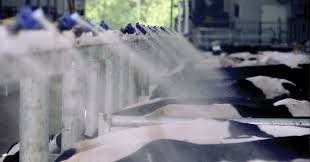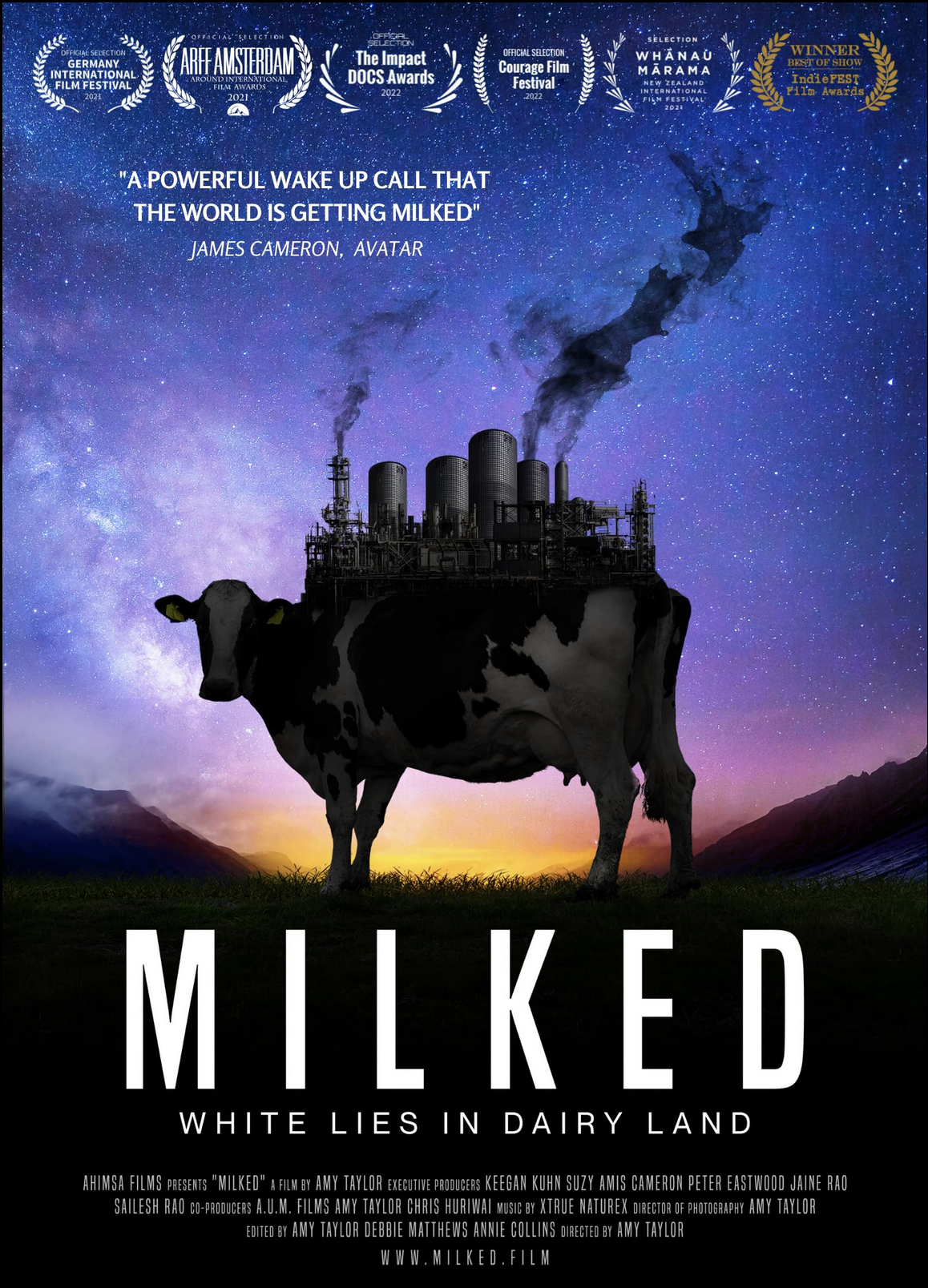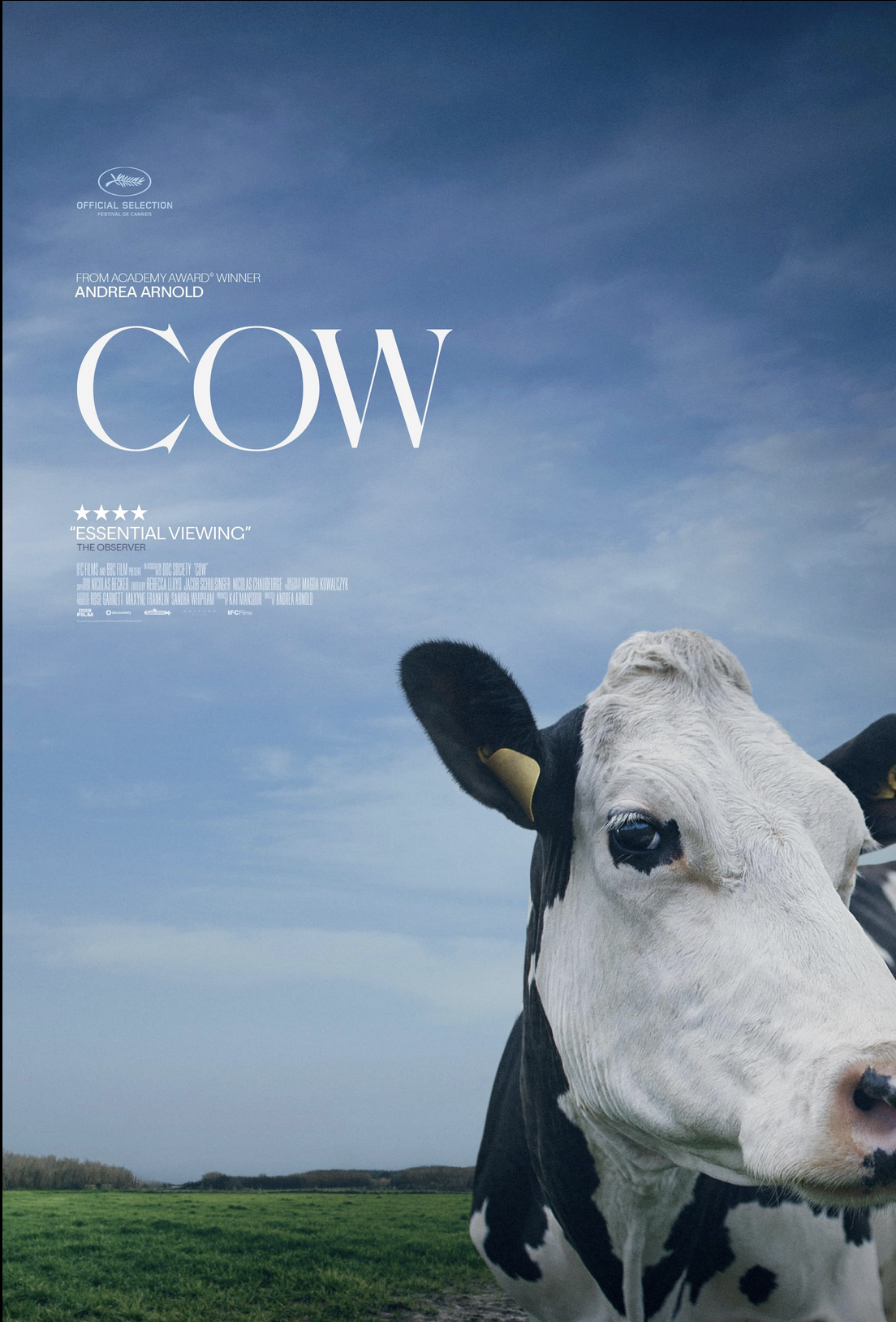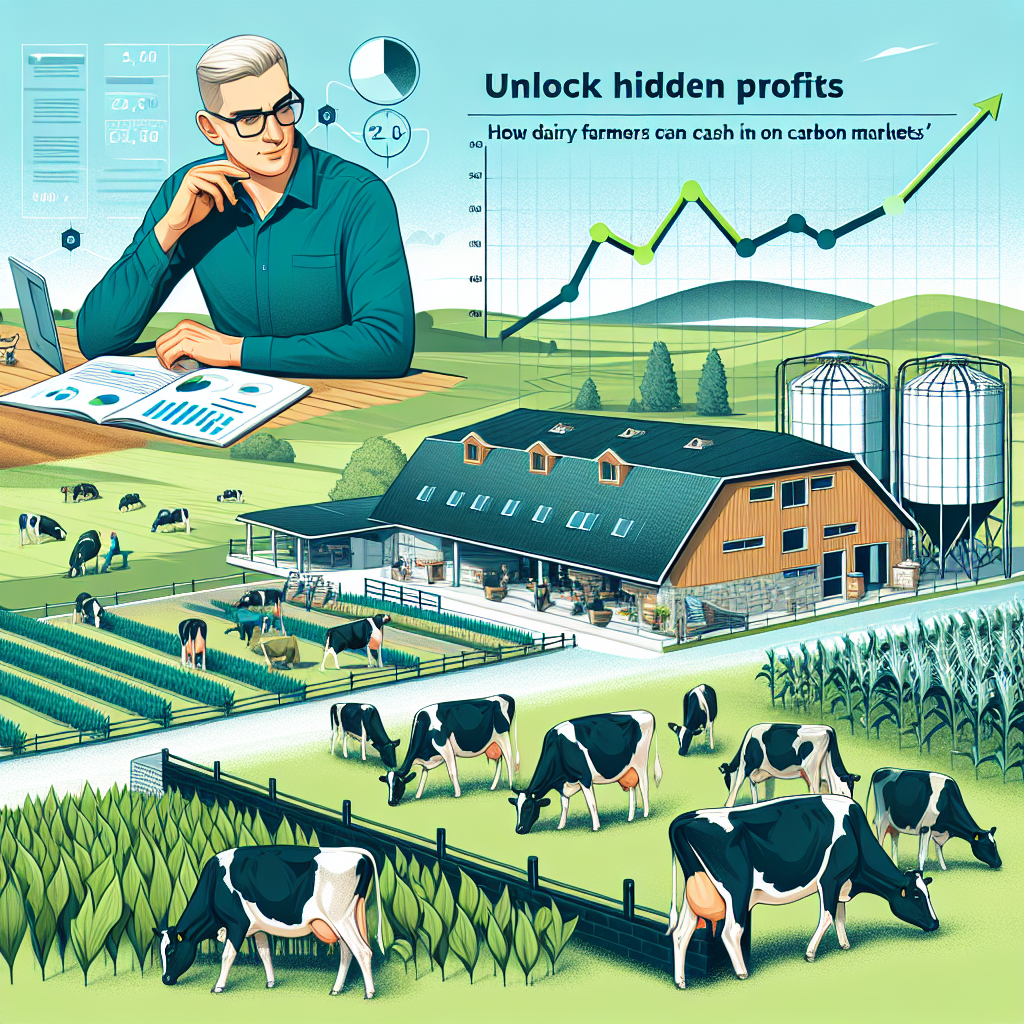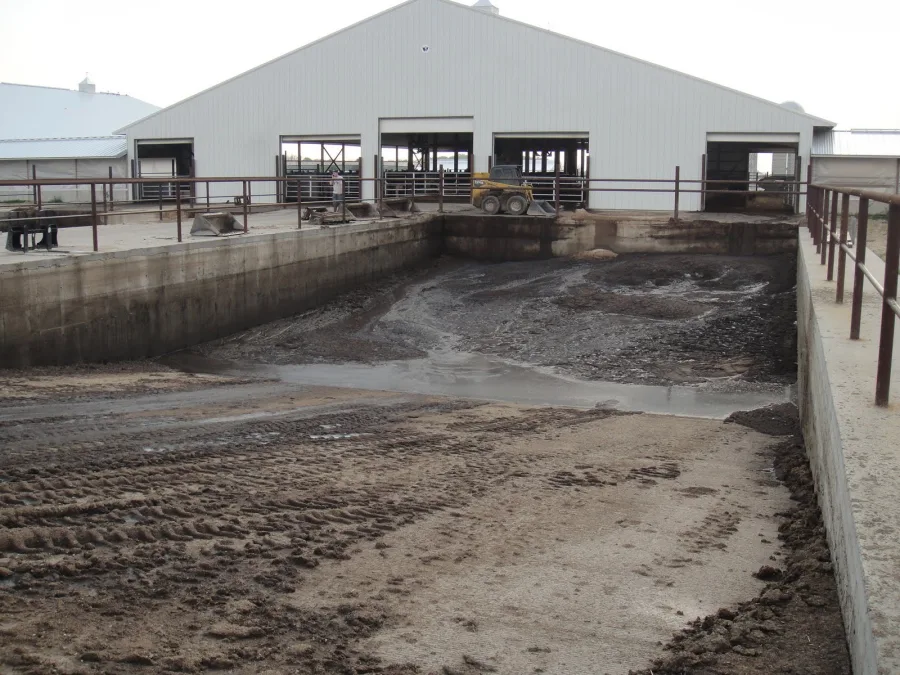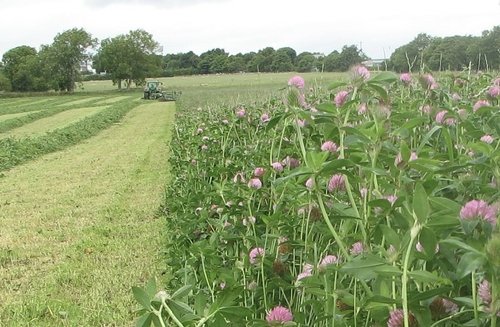Buckle up, buttercup! We’re about to spill the milk on Big Vegan’s dirtiest secrets. This isn’t your typical farm tale, from wasted crops to carbon-capturing cows. Discover why your trendy oat latte might hurt the planet and how dairy farmers are the real eco-warriors—got milk? You’ll want it after this!
Hey vegan warriors, put down that oat milk latte for a minute—we need to talk about the dirty secret behind your “planet-saving” diet. You know that “ethical” seitan burger you’re so proud of? It’s wasting 90% of the wheat plant while real cattle are out there turning agricultural trash into treasure. Yeah, I said it. And I’ve got the receipts to prove it. Listen up because this isn’t your typical “meat is murder” debate. We’re about to dive into the math that Big Vegan doesn’t want you to see. For every pristine kilo of your precious plant-based protein, there’s a whopping 4 kilos of inedible waste that even your most dedicated composting couldn’t handle. But guess who’s been quietly cleaning up this mess since agriculture began? Those “evil” cows you love to hate. Here’s the kicker that’ll grind your chickpeas: when you look at the whole picture—from field to fork—livestock might be the circular economy champions we need to save this planet. And if that makes you choke on your almond milk (which guzzles 10 times more water than dairy), buckle up, buttercup. The truth about waste, circularity, and why your meatless Monday might hurt the planet is about to get real.
The Dirty Secret Vegan Brands Won’t Admit: Waste Is Inevitable
Imagine this: They say there’s no use crying over spilled milk, but should we be crying over spilled oat juice instead? Here’s a jaw-dropper: for every kilogram of that trendy oat milk you’re pouring over your granola, 84% of the plant ends up as inedible sludge. It’s a shocking revelation about a product you thought was eco-friendly!
And seitan? This wheat-based protein powerhouse leaves 90% of its crop to rot in the fields. It’s a staggering amount of waste! But wait, there’s more! (cue infomercial voice) (cue infomercial voice) While vegan brands are busy patting themselves on the back, our bovine buddies are busy turning trash into treasure. That’s right; cows transform what we can’t eat into delicious steaks. It’s a stark contrast that’s hard to ignore!
Fork > Forage > Fuel: The Radical Math Behind Your Morning Milk
Ever wonder why your loaf of bread costs an arm and a leg? Well, for every kilogram of wheat in that crusty goodness, there’s 4 kg of straw, bran, and stalks left behind. It’s like nature’s buy-one-get-four-free deal, except we can’t eat the freebies!
Now, here’s where things get interesting. While livestock are out there being the unsung heroes of upcycling, those trendy vegan alternatives are hogging prime cropland like there’s no tomorrow. It’s enough to make a farmer cry into his overalls!
The Expert Weighs In: Are We Milking the Wrong Cow?
Our resident livestock circularity guru, Prof. Wilhelm Windisch, drops this bombshell: “We’re fighting the wrong war. Ban cows, and you’ll need 450 million new acres of chemical-soaked monocultures to replace their manure.”
Holy fertilizer, Batman! That’s a lot of land! And let’s be honest, do we want to trade our grass-munching moo-moos for endless fields of pesticide-drenched crops? I don’t know about you, but I’m starting to think we might be barking up the wrong tree… or should I say, mooing at the wrong pasture?
So, next time you choose between a glass of oat milk and a slice of cheese, remember: sometimes, the most sustainable option isn’t what you’d expect. Who knew saving the planet could be so… cheesy?
Grassland Grazing: Nature’s Hidden Ace in the Hole
Hold onto your cowboy hats, folks! We’re about to dive into a secret so big it’s been hiding in plain sight – just like that last slice of cheese you ‘forgot’ was in the fridge. Get ready to be entertained by the surprising truth about sustainable farming!
Did you know that a whopping 70% of global agricultural land is as helpful for growing crops as a chocolate teapot? I’m discussing places like Kenya’s sun-baked deserts or Germany’s rocky pastures. Trying to force soy onto this land would be like trying to teach a cow to ride a bicycle – entertaining, sure, but ultimately fruitless.
But wait! Enter the humble cow, nature’s OG upcycle. These four-legged wonders are turning scrub into steak faster than you can say “medium rare.” And as if that wasn’t enough, they’re also playing firefighter, keeping those pesky invasive brushfires at bay. Talk about a multi-tasking moo-chine!
Methane Madness: The Gas That Cried Wolf
Now, let’s clear the air about something hanging around like a bad smell – methane. Yes, cows burp it out like there’s no tomorrow. But here’s the kicker that Al Gore conveniently forgot to mention in his PowerPoint: methane breaks down faster than a politician’s promise – just 12 years!
CO₂, on the other hand? That nasty little gas is the real party pooper, sticking around for centuries like that one guest who won’t take the hint that the party’s over.
Here’s where it gets exciting. Stable herds are like friends who always pay back precisely what they borrow – no net warming. It’s a perfect circle of life, or a circle of strife?
Need proof? Let’s take a trip to Spain’s oak-studded dehesas. These pig paradises are locking away carbon faster than you can say “jamón” – we’re talking 40 tons per hectare! Meanwhile, those supposedly eco-friendly vegan almond farms are guzzling water like it’s going out of style – 10 times more than your average dairy farm.
So, next time someone tries to blame Bessie for climate change, you can tell them to put that in their plant-based pipe and smoke it! After all, the cow might have the last laugh regarding sustainable farming. Moo-ve over, vegans – the OG environmentalists are here to stay!
The Circular Dairy Playbook: How Top Herds Are Crushing Emissions
Alright, dairy devotees, gather ’round! We’re about to dive into a tale so good, it’ll make you want to hug a cow. Buckle up, buttercup – it’s time to learn how some clever farmers are turning methane madness into money-making magic in the Circular Dairy Playbook!
Germany’s Biogas Rebellion: When Life Gives You Manure, Make Electricity!
Picture this: The EU suits try to shut down German dairies faster than you can say “schnitzel.” But did our dairy heroes throw in the towel? Heck no! They flipped the script so hard, it got whiplash.
By 2025, these crafty farmers will have 60% of their dairies running on… wait for it… cow poop! That’s right, they’re turning manure into moolah with biogas plants. We’re talking about 111 tons of CO2e slashed per 1,000 cows. And the cherry on top? They’re selling excess energy at €0.18/kWh. Talk about making bank from stank!
But wait, there’s more! Check out these mind-blowing stats from EU AgriFish (2024):
| Metric | Conventional Dairy | Circular Dairy |
|---|---|---|
| Feed Competition | 40% human-edible | 0% |
| Synthetic Fertilizer Use | 100% | 38% |
| Net GHG Emissions | +2.5 tons CO2e/ha | -1.8 tons CO2e/ha |
Holy cow! These circular dairies aren’t just reducing emissions – they’re in the negative! It’s like they’ve put their carbon footprint on a diet, disappearing faster than ice cream on a hot day.
A Day in the Life: Wisconsin’s Carbon-Farming Maverick
Now, let’s mosey on to Wisconsin and meet Sarah Thompson, the carbon-farming queen making other farmers green with envy.
4 AM: While most of us still dream about counting sheep, Sarah’s checking her high-tech rotational grazing sensors. She’s got 12 paddocks, and her cows spend 24 hours in each one. It’s like a bovine version of musical chairs, but with more grass and less… well, music.
By noon, her Jersey girls have mowed down 20 acres of clover faster than you can say “cheese, please!” But here’s the kicker – all that dung they’re depositing? It’s not waste, it’s black gold for next month’s corn crop.
“We’re not just carbon neutral,” Sarah says with a grin that’d make the Cheshire cat jealous. “We’re net-negative. The milk’s just a bonus.”
Well, slap my udder and call me Sally! Who knew saving the planet could be so… profitable? These dairy dynamos are proving that they’re the cream of the crop when it comes to sustainable farming. So next time someone tries to blame Bessie for climate change, you can tell them to put that in their milk and chug it!
Vegan Illusions: The Land-Use Bombshell They’re Hiding
Alright, let’s cut through the fluff and get real. You’ve probably heard the rallying cry from activists: “40% of cropland feeds livestock!” Sounds terrible, right? But here’s the kicker—they’re not telling you the whole story. Let’s dig into this land-use myth and expose the truth behind that oat-milk latte.
The 86% Feed Lie: What They Don’t Want You to Know
Here’s the deal: 86% of livestock’s so-called “feed” isn’t food you’d ever see on your plate. It’s straw, bran, grass—stuff even the most hardcore vegans wouldn’t touch with a ten-foot fork. Consider it: cattle are nature’s garbage disposals, turning leftovers into milk and meat. Not bad for an animal that spends most of its day chewing!
Need proof? Take a page from Bangladesh’s playbook. Women there figured out that instead of burning rice husks (a byproduct no one eats), they could feed them to chickens. The result? A 23% boost in household incomes. That’s right—livestock are helping families thrive while putting waste to work. So, who’s being resourceful here?
Oat Milk’s Dirty Little Secret: The Truth Behind That Trendy Carton
Now let’s talk about oat milk—the darling of eco-conscious Instagrammers everywhere. Sure, it looks good in your coffee, but what’s lurking behind that “sustainable” label? Spoiler alert: it ain’t pretty.
Oat milk needs five times more oats to get the same calories as dairy milk. Yep, five times! And what does that mean? More monocrops, more pesticides, and a mountain of oat husks so useless even biogas plants don’t want ’em. It’s like buying a fancy electric car only to find out it runs on coal—looks green on the outside, but dig deeper and it’s a mess.
So next time someone tells you livestock are hogging all the cropland or oat milk is saving the planet, hit ‘em with the facts. Cows are upcycling champions, and that trendy carton might do more harm than good. Sustainability isn’t about jumping on the latest bandwagon—it’s about wisely using what we’ve got. And if that means giving cows some straw and bran to turn into steak and ice cream? Well, that sounds pretty darn smart to me!
Your Herd. Your Future. Your Move.
Alright, dairy dynamos, gather ’round! It’s time to get honest about the future of farming. You must face these four brutal truths head-on to keep your barn doors swinging and your cows mooing. Ready? Let’s dive in!
1. Fork > Forage > Fuel: The Survival Playbook
First, talk about the “fork > forage > fuel” cascade. Sounds fancy, right? But here’s the kicker: it’s not just a catchy phrase; it’s your lifeline! If you’re still feeding your cows human-edible feed like a buffet, it’s time to hit the brakes and start rationing. Think of it like this: you wouldn’t throw a party and let everyone eat all the cake before the guests arrive, would ya? Start being strategic about what goes into those troughs—your herd’s future depends on it!
2. Methane Tech: The Burp-Busting Solution
Next up, let’s tackle methane. Yes, cows burp—it’s practically their party trick! But guess what? Those burps are costing you big time. Enter 3-NOP additives: They can slash those methane emissions by 30%. It’s like giving your cows a breath mint for the planet! If you don’t get on board with this tech, you might find regulators knocking on your barn door, ready to shut things down faster than you can say “move over.”
3. Manure is Money: Don’t Let It Go to Waste
Now, let’s talk about that stuff we all love to hate—manure. You might think of it as just a smelly nuisance, but here’s the truth: manure is money! Seriously! If you miss the biogas wave, you’ll be drowning in carbon taxes faster than a cow in quicksand. So, instead of grumbling about the smell, start seeing dollar signs! Turn that waste into energy and watch your profits rise while helping the planet simultaneously.
4. Small = Mighty: Canada’s Secret Sauce
Finally, let’s give a shout-out to the little guys. You might think bigger is better, but Canada’s supply management system is flipping that idea. Herds with fewer than 200 cows are raking in a jaw-dropping $8.23 billion yearly! That’s right—small can be mighty! So please don’t underestimate your operation because it doesn’t take up half the county. Sometimes, the best things come in small packages (like those adorable mini-cows!).
The Bottom Line
Listen up, you magnificent milk mavens! We’ve just unloaded a truckload of truth bombs that’ll make any vegan influencer choke on their chia seeds. But here’s the deal: knowing is only half the battle. It’s time to grab the bull by the horns and turn this industry on its head!
Remember, while the plant-based posers are busy patting themselves on the back for their oat milk lattes, you’re doing the work. You’re not just feeding the world; you’re saving it one cow pat at a time. Your herds are turning useless scrub into prime ribeye, your biogas plants are lighting up towns, and your carbon-negative farms are making Al Gore eat his words (along with a slice of real cheese, we hope).
So, what’s next? It’s time to milk this opportunity for all it’s worth:
- Embrace the tech: Get those methane-busting additives in your feed ASAP. Show the world that cows can burp and save the planet at the same time!
- Turn waste into wealth: If you’re not looking at manure as liquid gold, you’re flushing money down the drain. Get on the biogas bandwagon before it leaves you in the dust.
- Spread the word: Next time someone tries to shame you with vegan propaganda, hit ’em with the facts. You’re not just a farmer but a carbon-capturing, waste-upcycling superhero!
- Band together: Small farms are mighty but united; we’re unstoppable. Join forces, share knowledge, and show the world what real sustainability looks like.
Remember, every time you milk a cow, you’re not just producing food – you’re proving that the most powerful solutions are often the most natural ones. So stand tall, dairy farmers! The future isn’t just bright; it’s downright luminous.
Now get out there and show those vegan naysayers what real eco-warriors look like. It’s time to make dairy great again – not that it ever stopped being awesome! Let’s turn the tide, one milk pail at a time. The move starts now!
Key Takeaways:
- Climate change significantly impacts dairy farming through heat stress on cows and changing weather patterns.
- Heat stress reduces dairy cows’ feed intake, production, and fertility. Even small temperature increases can lead to noticeable milk yield losses.
- Farmers adapt with improved ventilation, feeding schedules, and water conservation strategies.
- The economic impacts are substantial, with UK farms facing an estimated £472,539 per farm in climate resilience costs over the next decade.
- The dairy industry is responding with initiatives like Canada’s goal for net-zero emissions by 2050.
- Precision agriculture and advanced monitoring systems are becoming crucial for farm management in the face of climate challenges.
- The 2025 outlook for the dairy sector is cautiously optimistic, with margins expected to remain above the five-year average despite climate pressures.
- Collaboration between farmers, researchers, and policymakers is essential for developing sustainable practices to address climate change.
- Regional differences in emission intensities highlight opportunities for improvement, especially in developing regions.
- Sustainable dairy farming practices focus on balancing environmental needs, animal welfare, and farmer livelihoods.
- Circular economy principles are being applied in dairy farming, with efforts to close nutrient cycles, reduce waste, and improve resource efficiency.
- The Northeast U.S. dairy industry shows potential for a circular economy model due to its climate and farming practices.
Summary:
Hold onto your milk pails, folks! This eye-opening exposé will turn everything you thought you knew about sustainable agriculture on its head. We’re diving headfirst into the dirty secrets Big Vegan doesn’t want you to know, revealing how dairy cows might be the unsung heroes of circular farming. From debunking the myth of livestock feed competing with human food to exposing the wasteful truth behind trendy plant-based alternatives, we’re serving up cold, hard facts with a side of wit. You’ll discover how innovative dairy farmers are slashing emissions, turning manure into money, and proving that small herds can significantly impact. By the time you finish this read, you’ll see why those gentle grass-munchers in the field aren’t just producing your favorite foods – they’re champions of sustainability, turning agricultural waste into nutritious treasure. So grab a glass of milk and prepare to have your mind blown – this isn’t just about defending dairy; it’s about rethinking our entire approach to eco-friendly farming.
Learn more
- The Future of Dairy Farming: Embracing Automation, AI and Sustainability in 2025
- Sustainable Dairy Farming: Revolutionizing Practices for a Greener, Profitable Future
- The 10 Commandments of Dairy Farming: Expert Tips for Sustainable Success
 Join the Revolution!
Join the Revolution!
Bullvine Daily is your essential e-zine for staying ahead in the dairy industry. With over 30,000 subscribers, we bring you the week’s top news, helping you manage tasks efficiently. Stay informed about milk production, tech adoption, and more, so you can concentrate on your dairy operations.







 Join the Revolution!
Join the Revolution!